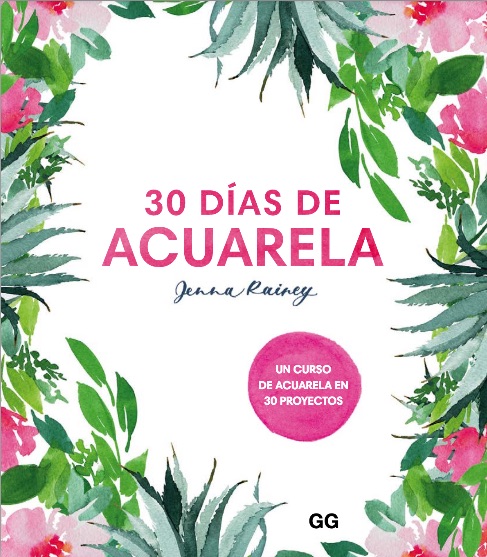Títulos hipotecarios de los Estados Unidos: Estudio de las características del mercado e instrumentos
CONTENIDO DE LIBRE ACCESO
Este contenido es de libre acceso. Solo haz clic en el siguiente botón.
Ir a este contenido- Autor
- Año de publicación 2002
- Idioma Español
- Publicado por Bogotá: Banco de la República
- Descripción
-
Citación recomendada (normas APA)
- Alejandro C.; Merchán Revéiz Herault, "Títulos hipotecarios de los Estados Unidos: Estudio de las características del mercado e instrumentos", Estados Unidos:Bogotá: Banco de la República, 2002. Consultado en línea en la Biblioteca Digital de Bogotá (https://www.bibliotecadigitaldebogota.gov.co/resources/2089351/), el día 2025-10-06.


